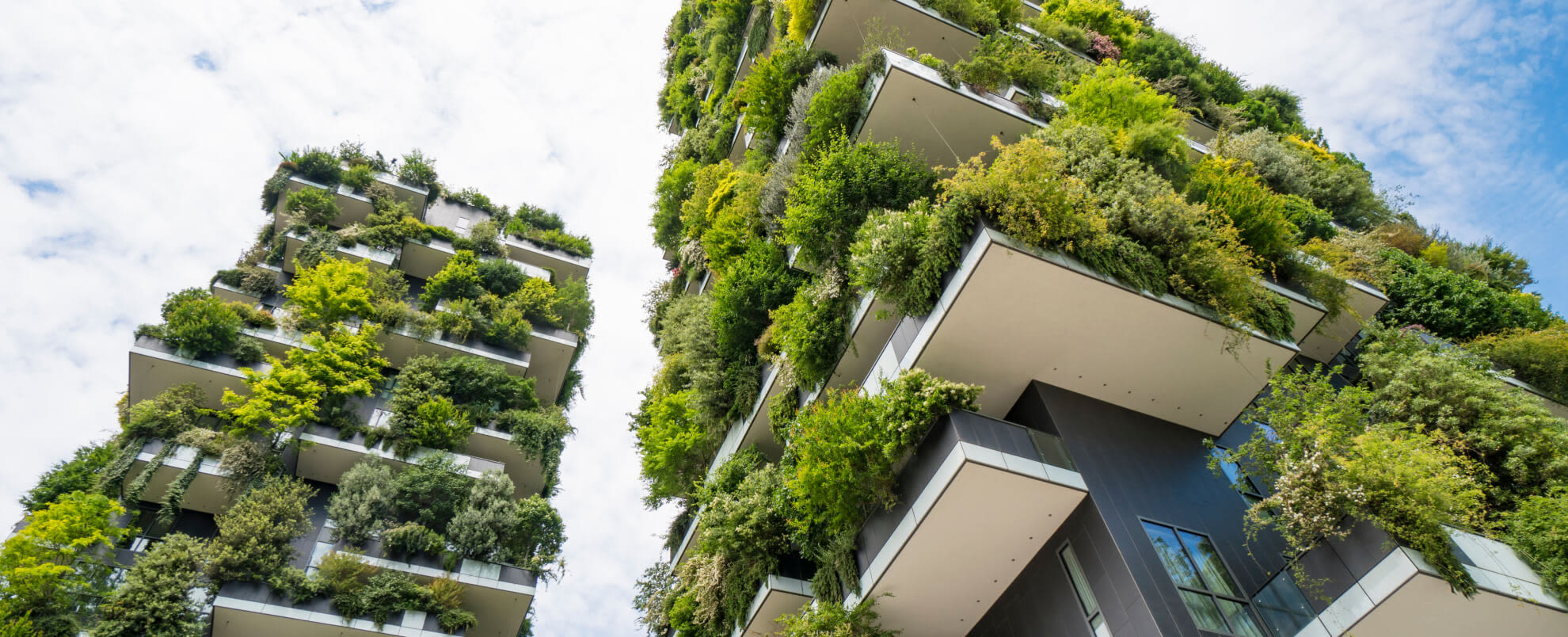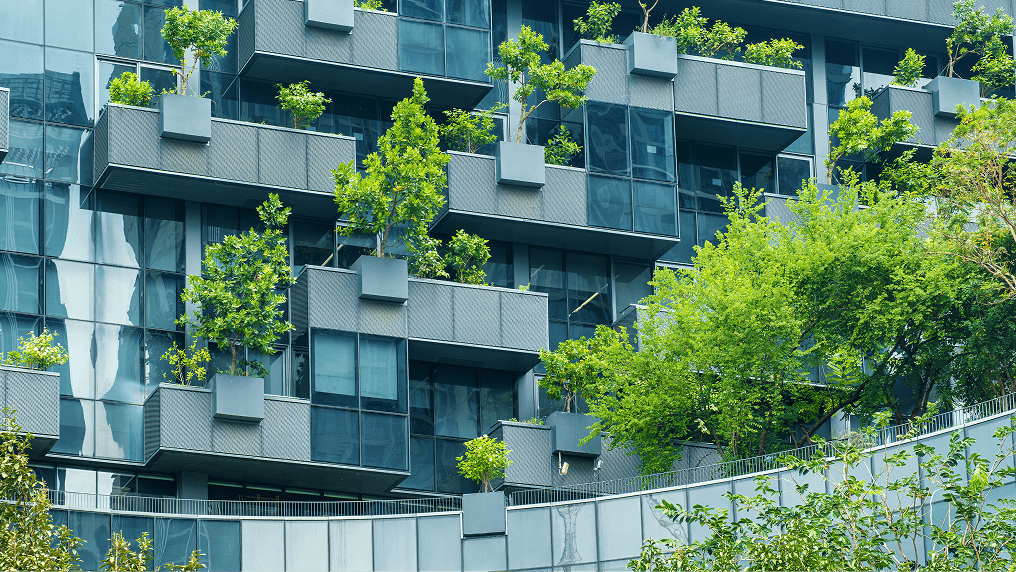The Ellen MacArthur Foundation worked with Arup in the production of a report laying out a roadmap towards a circular economy for building construction and use. ‘First steps towards a circular built environment’ examines how the principles of the circular economy can be translated into built environment practices. It is the first part in a two-part collaborative project, called ‘From principles to practices’.
The report identifies the key stakeholders in the sector and suggests the first steps they could take to kickstart the transition to a circular economycircular economyA systems solution framework that tackles global challenges like climate change, biodiversity loss, waste, and pollution. It is based on three principles, driven by design: eliminate waste and pollution, circulate products and materials (at their highest value), and regenerate nature. in the building industry. The report identifies those stakeholders who have the greatest capacity to influence decision-making, set direction and catalyse action throughout the supply chain, namely:
Policymakers – particularly public-sector policymakers at all levels of government
Investors – private investors, institutional investors, public-sector investment, banks and other lenders
Construction clients – commercial and residential developers, infrastructure and building owner operators
First Steps
Highlighted in the report are the following first steps for each of these key stakeholders in the built environment sector.
Policymakers:
Work with the industry to develop a supportive multi-level policy framework
Use policy levers such as public procurement to spur demand for circular solutions
Convene and facilitate public private partnerships to develop scalable projects
Investors:
Engage in public private partnerships to develop scalable projects
Support research into new valuation techniques that eliminate structural waste and maintainmaintainKeep a product in its existing state of quality, functionally and/or cosmetically, to guard against failure or decline. It is a practice that retains the highest value of a product by extending its use period. or enhance value
Construction clients:
Lead public private partnerships to develop scalable projects
Develop an evidence base demonstrating the value of a circular built environment
Download
First steps towards a circular built environment is available in: English






